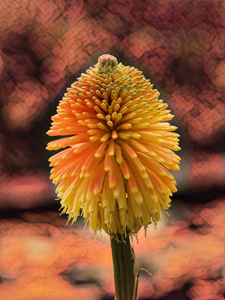Other Related Teachers
bhAskara was mentioned briefly earlier in respect of the related philosophy of bhedAbheda vAda. He was probably approximately contemporaneous with Shankara and addressed similar issues. Regarding the continuation of ‘obstacles’ post-enlightenment, he had this to say (in his commentary on the Brahmasutras 1.3.20):
“There is no escape from experiencing the whole of the portion of merit and demerit which initiated the body through which liberation is attained. And one who supports a body inevitably undergoes pleasure and pain. Therefore those who say that there can be no liberation for one who is yet alive go beyond the teaching of the Veda. They also contradict perceived experience.” (Quoted in Ref. 100)
Dayananda
Swami Dayananda’s influence today is considerable, so it seems perfectly admissible to include his views on the subject here. After Self-knowledge has been gained from shravaNa and any doubts have been removed by manana, it is necessary to eliminate any habitual modes of behavior that prevent enjoyment of the fruit of that knowledge (j~nAna phalam). Swami Paramarthananda, one of his direct disciples, says:
“And then comes fifth and final stage of sAdhana called nididhyAsana, which is meant to remove my habitual reaction; the removal of vAsanA, because of my regular unhealthy responses in life, I have developed a habit. And habit is developed in-time and habit can go only in-time. This deliberate invocation of the Vedanta, so that I can get rid of un-Vedantic reactions in life. Every disturbing reaction is un-Vedantic reaction. So anxiety, frustration, self-pity, sense of insecurity, fear, attachment; all of them are unhealthy vAsanA-s. This vAsanA nivRRitti or viparIta bhavana nivRRitti is the fifth and final stage called nididhyAsana.” (Ref. 208) [The first 4 stages are karma yoga, upAsanA, shravaNa and manana.] Continue reading




